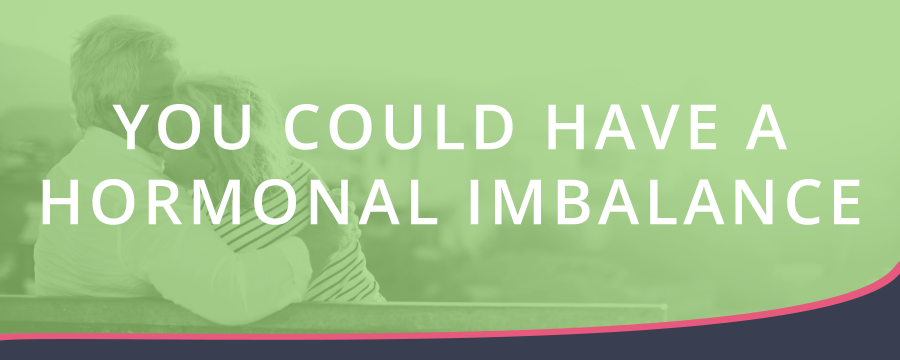The Three Faces of Estrogen

While the different “faces” of Estrogen may not be as dramatic or life-threatening as Joanne Woodward’s Academy Award winning portrayal in The Three Faces of Eve, the differing phases of estrogen in a women’s life present varying effects which can dramatically impact life.
Even though it is fundamental part of being a woman, many women aren’t familiar with the lifecycle of estrogen, until things start feeling off. The following is a brief description of the three different types of estrogen and how they impact your body:
- Estrone or E1: This is the main estrogen produced by your body post menopausally. Before menopause, estrone is made by the ovaries, the adrenal glands, liver and fat cells. It’s converted to another estrogen called estradiol in your ovaries. Post-menopausally, very little estrone is converted. Post-menopausally, the main source of estrone is fat. Therefore, the more fat you have, the more estrone you make.
- Estradiol or E2: It’s the strongest main form of estrogen produced by your body prior to menopause. The main source of estradiol is your ovaries. Two-thirds of post-menopausal women with ovaries will continue to make some estradiol up to and past age 80.
- Estriol or E3: It’s considered the weakest of the three estrogens, it’s perhaps not been given the attention in the past that it has warranted. There’s considerable evidence now that E3 or estriol protects against developing breast cancer. Also, as an article in LifeExtension pointed out, “having weaker estrogenic effects does not mean that estriol has none of the benefits that come with more potent estrogens. Studies suggest that estriol reduces symptoms of menopause, such as hot flashes and vaginal dryness, but with a better safety profile compared with more potent estrogens. This makes estriol a better choice for bioidentical hormone-replacement treatment regimen.”
Understanding these different kinds of estrogen becomes important when a woman starts to feel her body and emotions change, leading her to seek medical guidance regarding her symptoms. When I begin to work with patients, I like to start by understanding what they are experiencing and how it’s different than normal. A lot can be determined by undergoing hormone testing which will give us a clue into her hormone (estrogen) levels and where things need to be restored.
Learn more about the proven therapies that can help you feel great again by visiting my website. Be sure to take my Signature Hormone Diagnostic Assessment!
